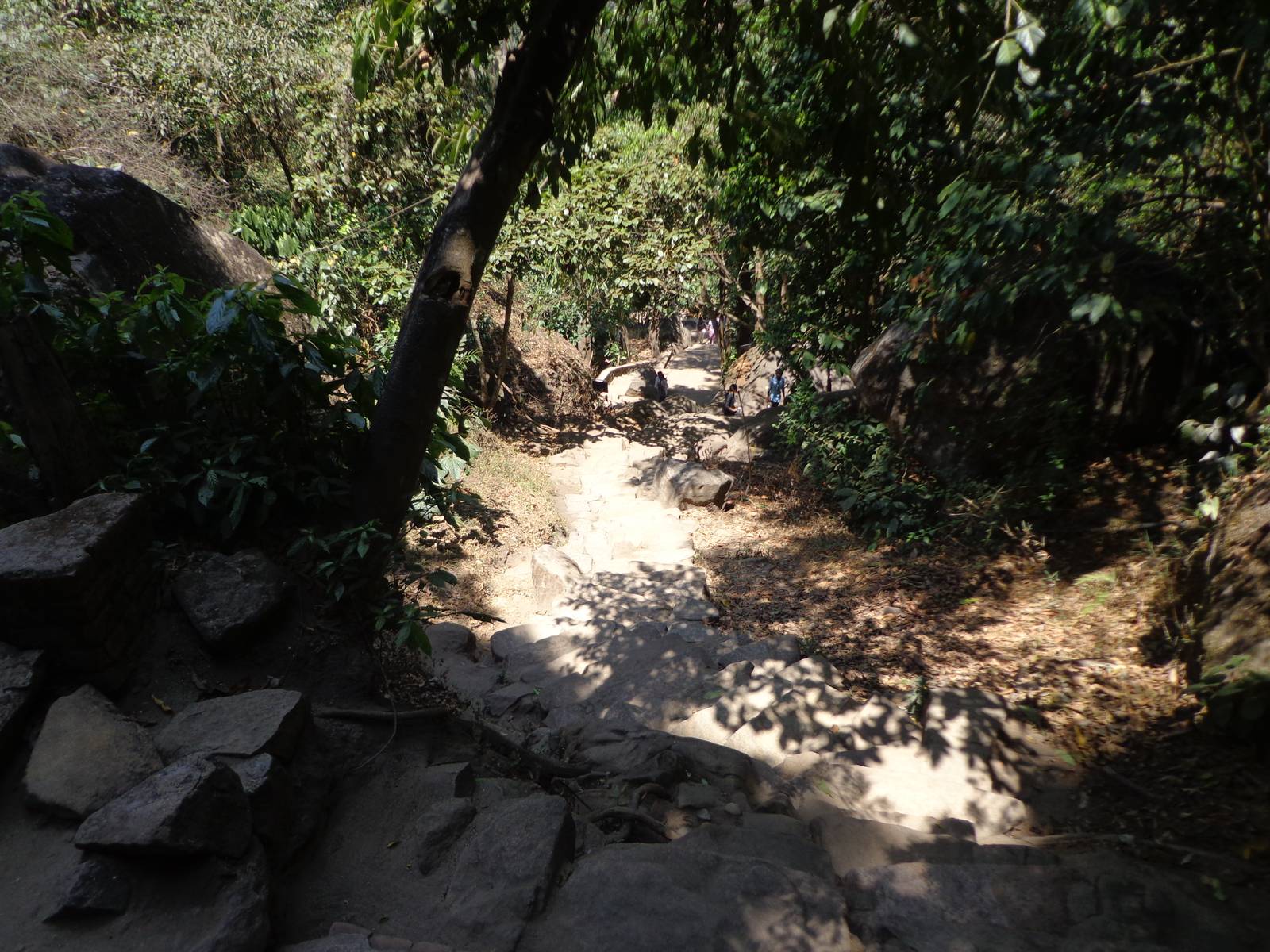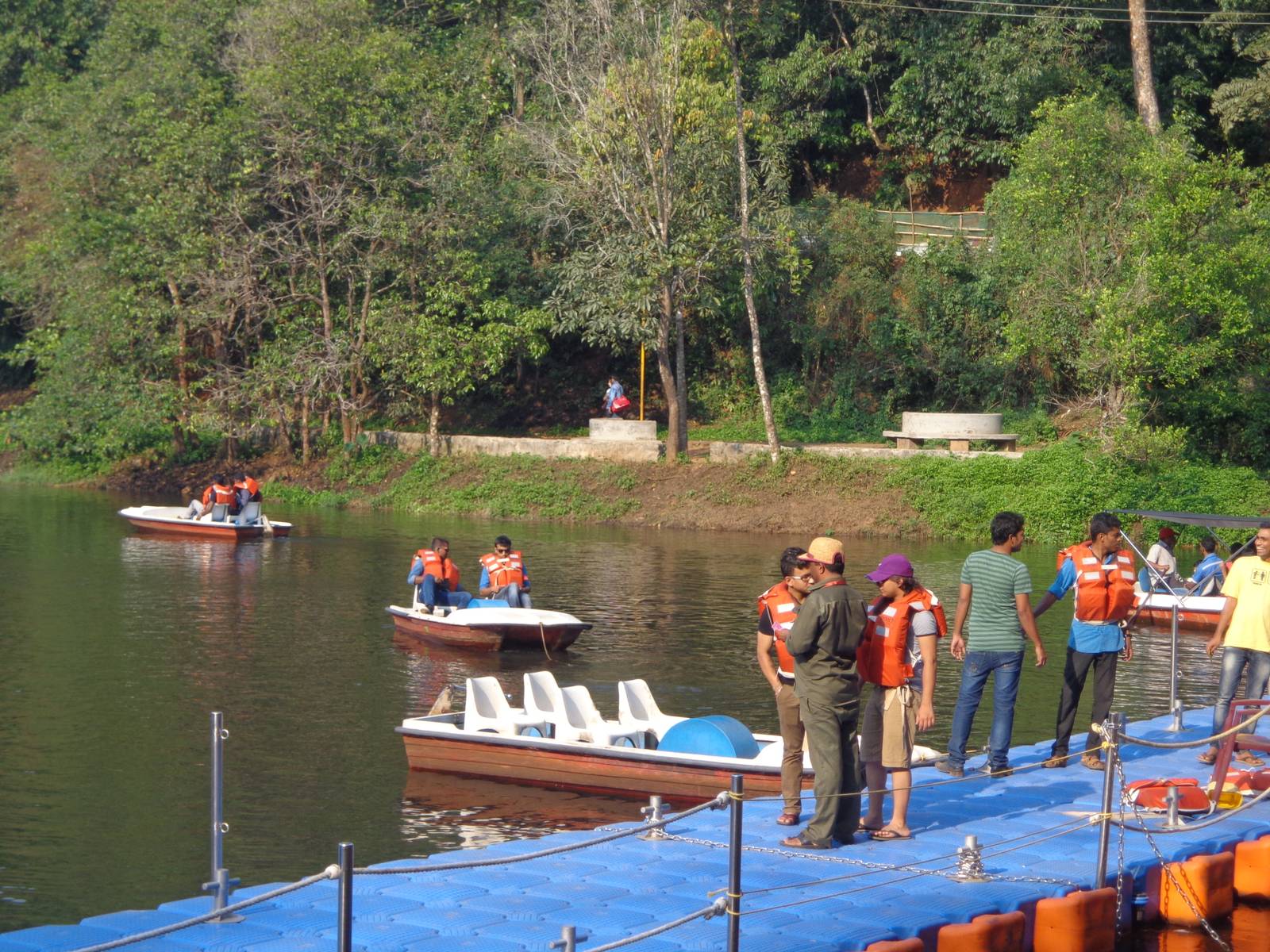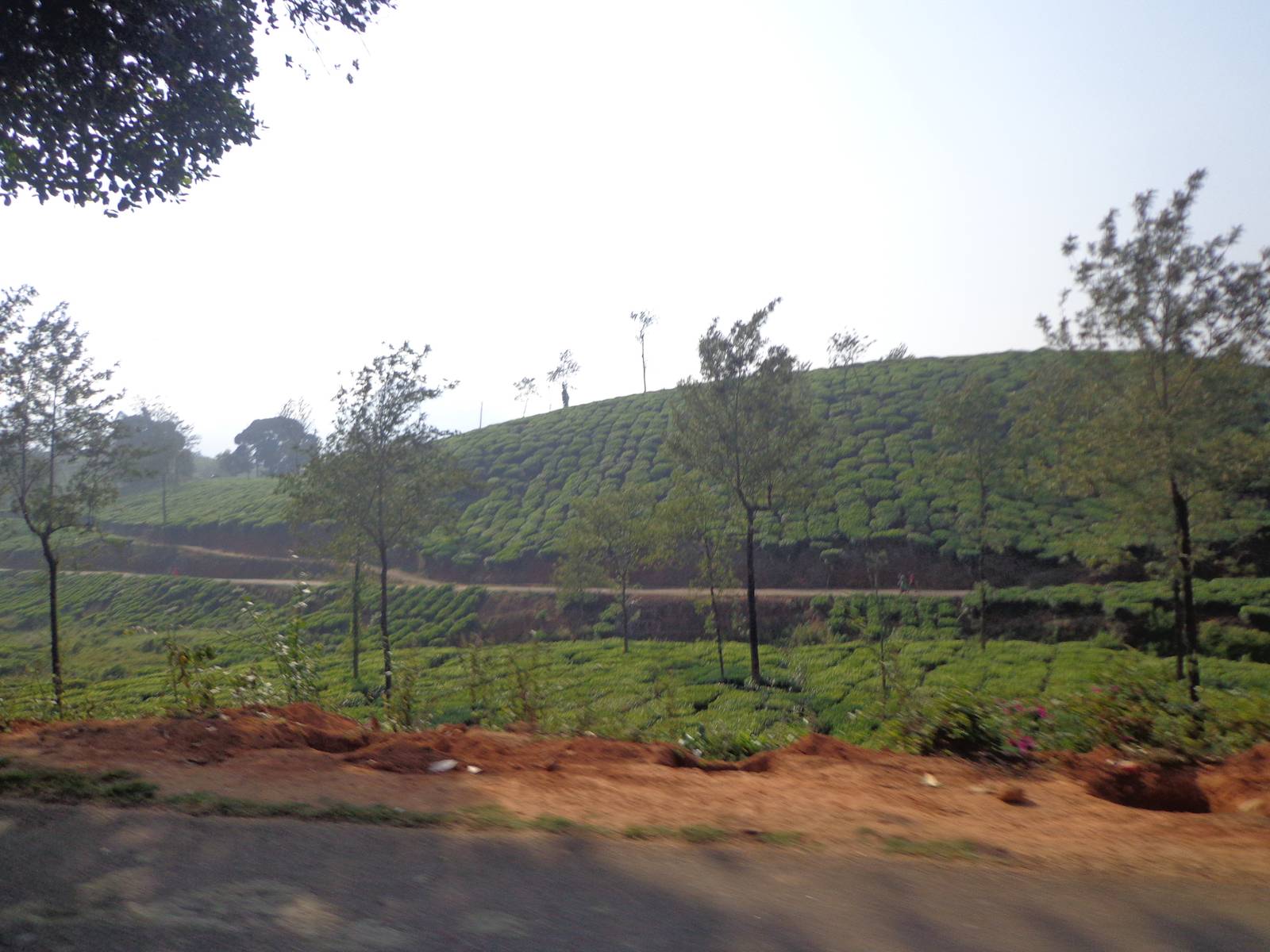Planning a sightseeing trip in Wayanad
Kerala government has done a lot to promote tourism in their state. The district of Wayanad is exception. The infrastructure, especially the roads, are pretty nicely laid out so that to and fro commutes are not an issue. There is a catch though. Kalpetta and Sulthan Bathery are two towns located at the heart of Wayanad. Most tourist spots are located far away in a hub and spoke fashion at distances between 40-50 km from these towns. We ended up traveling around 400 km (+ 600 km from and to Bangalore) just to cover all the major spots. That did not include the waterfalls as the streams had dried up due to lack of rains.

Kerala has done a lot to promote tourism and earn revenue in the process. Almost all spots have info boards like this.
The extent to which a tourist friendly ecosystem has been developed is evident when one comes across multitude of shops selling souvenirs and local specialties. For example, the geologically and anthropologically important spot, Edakkal Caves, require a kilometre of uphill trek to reach the caverns where neolithic people took shelter. District Tourism Development Council has also employed people to explain the significance and history of the engravings on the walls.

A man had set up a makeshift shop of drawing live portraits. You could get your side view done for 200 rupees.

A lot of localites sell locally made goods near tourist attractions. These dolls made of coconut shells were pretty amusing.

The upper cave has a lot of engravings. These engravings are not from the same era. This is a tribal chief from 6000 BC.

The cave is technically not a cave but a shelter formed by a few hanging rocks between two separate hills. This is the gap between them.
Large and small water bodies, that could be of any potential interest to a visitor, have been made tourist friendly. Easy commute, direction markers and facilities inside the bounded zones have contributed to the success of tourism.
The temple ruins
Right at the heart of Sulthan Bathery is a ruined Jain temple that has been taken over by the Archeological Survey of India. Our driver, Manjunath, mentioned that there were many such Jain temples scattered around in Wayanad – most of them in dilapidated condition.
An exception was a small Hindu temple at Thirunelly. Although the temple itself was in ruins, regular prayer sessions and a proactive effort in reconstructing the ruined segments of the temple kept it from becoming a part of ancient archaeology.
A few observations
Wayanad was hot. It was hotter than Bangalore. For a place that classifies itself as a hill station, the temperature was not what I had expected. I could make out that the people were used to colder climates. All restaurants offered warm water, a practice usually followed in colder places. Also, the hotel offered us blankets, which were of no use. Maybe it’s a sign of the gradual change in weather that has been occurring in the Indian subcontinent (Global warming?).
Tea and coffee plantations were visible on the slopes. Most of the tea plantations belonged to Harrisons Malayalam Company. The coffee plantations did not have boards on them.
We had tea made from tea powder at the first tea stall in Kozhikode district on the border of Wayanard district. I had never had tea made from tea powder (not leaves or ctc) before. It tasted unusual and nice.

The tea shop used some type of tea dust – much like coffee – and did not strain it. It tasted different and good.
There were a lot of monkeys in Wayanad. These are smaller than the ones we have back in Bengal. They were used to the tourists and did not bother them – nor were they bothered by our presence.

























